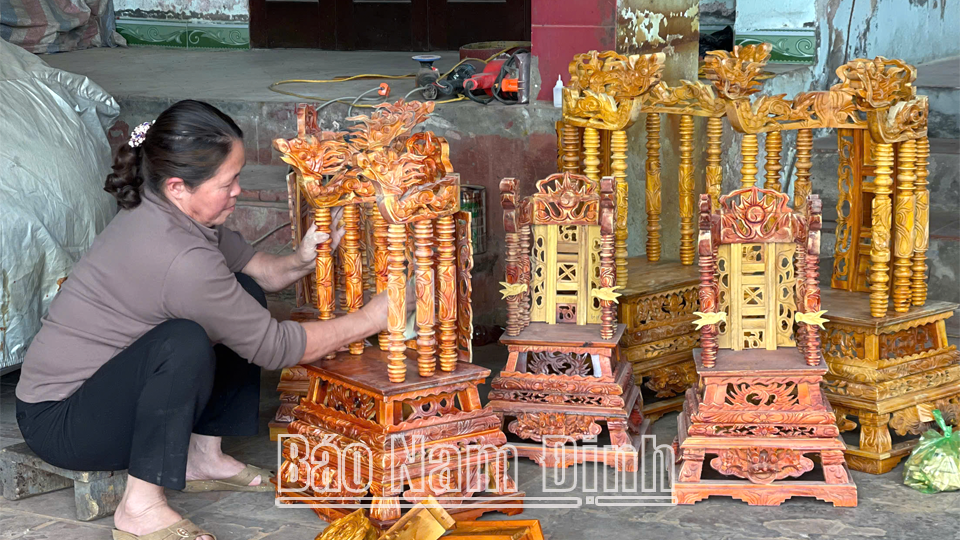 |
| Lacquer craft in Yen Tien commune (Y Yen) has brought stable income to many workers. |
The silk reeling profession in Co Chat village in Phuong Dinh commune (Truc Ninh) has existed since the Tran Dynasty. Through many generations of teaching and practicing the profession, Co Chat is currently one of the very few villages in the country that still reels silk using traditional manual methods. Today, in the village there are still many silk reeling workshops, with the bustling sound of clattering and shuttles. Having been involved in the silk weaving profession for more than 10 years, every day from 7 am, Ms. Nguyen Thi Hue goes to the weaving workshop of Ms. Doan Thi Hue's family to work. Although the work is not hard, it requires dexterity, meticulousness and patience. The thin silk threads are continuously pulled up into the silk bowls. When thick enough, they are transferred to the silk reel, pinned and the silk is taken out to dry in the sun. This silk is called raw silk. For each working day, Ms. Hoa receives 210,000 VND, enough to love the profession more and cover her family's living expenses. Like Ms. Hue, Ms. Lan is also from Co Chat village, having known and been involved in the profession since her youth. Nowadays, although she is old, she is very happy to still be attached to the traditional profession of her hometown. To contribute to preserving and developing the traditional silk craft, some households have proactively invested in machinery, applying modern technology to the silk spinning and weaving stages, for higher productivity and income. Thanks to the ancient silk reeling techniques, modern Co Chat silk products, whether produced by hand or with modern equipment, still maintain high quality, with thin but durable, smooth, shiny silk threads that are eye-catching. Currently, the village still maintains more than 30 households doing the craft, not only bringing a prosperous life to the people, but the silk reeling profession also contributes to preserving the traditional profession of the locality.
In Quy Nhat town (Nghia Hung), bamboo and rattan weaving is present in all residential areas but is most concentrated in residential group 5 with 100/180 households engaged in the craft. In addition to farming, every household takes the time to weave and bring products to local markets to sell. Household products and products serving the needs of production and fishing labor from bamboo and rattan weaving of the residential group are highly appreciated by consumers. There are many families with 3 generations working in the craft. Mr. Vu Van Loi's family has been weaving bamboo and rattan since the time of his ancestors. His family is also one of the reputable addresses supplying products to all over the province and outside. Each month, he and his wife weave about 1,000 fish traps, ram traps, and cylindrical traps. On average, each year, the family's income from the traditional craft reaches about 200 million VND. The craft has helped him build a spacious house and raise his children to be good people. To create sharp handmade products, in addition to meticulous patience, diligence, and skillful hands, the craftsmen also put their heart and soul into each weaving so that each bamboo and rattan product of the village when sold on the market always exudes the soul and unique identity of Quy Nhat bamboo and rattan without being confused with products from other localities. There are peak periods when people's demand increases, people work day and night to meet the market inside and outside the district, especially in coastal communes and towns, along the banks of the Day and Ninh rivers. Although it is a side job, producing bamboo and rattan products has brought the main income for families. The average income of each person is from 200 to 300 thousand VND/day or more, in which the main workers are the elderly, women who do not have stable jobs and children can also work part-time.
In recent years, production and business activities in rural craft villages have promoted the industrialization of agriculture and rural areas in the province, reduced the poverty rate, and made an important contribution to the process of restructuring the agricultural and rural economy and building new rural areas. To adapt to the market, craft villages in the province have proactively applied and converted data and working processes from manual to digital and automated. Craft villages have also promoted digital transformation to expand their consumption markets, such as using social networks, building websites, and participating in e-commerce trading floors. Some traditional craft villages are operating stably and have the potential for sustainable development in the future, such as: flower and ornamental plant growing villages of Vi Khe, La Dien, and Trung Uyen in Nam Dien commune (Nam Truc); Binh Minh mother-of-pearl inlaid wooden furniture craft village, Hai Minh commune (Hai Hau); Ninh Xa, Lu Phong, and La Xuyen fine art carpentry craft villages, Yen Ninh commune (Y Yen); Phong Loc Tay vermicelli (Nam Dinh city), Xuan Tien mechanics (Xuan Truong)... On average, each year, the production value of craft villages is estimated at nearly 6,000 billion VND; of which, the group of processed and preserved agricultural, forestry and aquatic products accounts for 1.94%; the group of handicrafts accounts for 10.78%; the group of construction materials, wooden furniture, rattan and bamboo... accounts for 48.04%; the group of plants, ornamental plants business 37.30%; the group of construction, transportation and other services serving production and rural people's life accounts for 1.92%. The average income from the groups of occupations in rural craft villages is from 2.5 to 7 million VND/person/month depending on each group of occupations. The highest income is in the group of wooden furniture production, fine art carpentry, and civil carpentry, and the lowest income is in the group of mats, sedge, and lace embroidery.
To promote the development of craft villages, localities have promoted linkages to find outlets; supported training, technology transfer, and applied advanced machinery to production. At the same time, they have proactively established and implemented investment plans to build infrastructure for industrial clusters and points in locations with favorable transport, electricity, and water infrastructure to create a space for concentrated and synchronous development for craft village establishments and enterprises, facilitating management and overcoming the negative effects of environmental pollution in craft villages. They have focused on attracting enterprises to invest in production and business in traditional industries and developing craft villages. The province also has a mechanism to support enterprises in promoting trade and expanding product consumption markets, forming a large distribution system at home and abroad. At the same time, special attention is paid to artisans and skilled craftsmen, helping them stick with their profession; thereby contributing to promoting sustainable development of craft villages, craft village industrial clusters in particular and rural industry in general in the province.
Maintaining and developing traditional occupations in the province not only helps people develop production, generate income, and stabilize their lives, but also makes good use of idle working time, overcoming seasonality in agricultural production. This contributes to the reasonable allocation of rural labor force, creating jobs for many workers, and creating momentum for socio-economic development in each locality.
Article and photos: Hong Minh
Source: https://baonamdinh.vn/kinh-te/202504/phat-trien-kinh-tetu-cac-lang-nghe-truyen-thong-5c41266/


![[Photo] Closing of the 4th Summit of the Partnership for Green Growth and the Global Goals](https://vstatic.vietnam.vn/vietnam/resource/IMAGE/2025/4/17/c0a0df9852c84e58be0a8b939189c85a)

![[Photo] National Assembly Chairman Tran Thanh Man meets with outstanding workers in the oil and gas industry](https://vstatic.vietnam.vn/vietnam/resource/IMAGE/2025/4/17/1d0de4026b75434ab34279624db7ee4a)
![[Photo] General Secretary To Lam receives French Ambassador to Vietnam Olivier Brochet](https://vstatic.vietnam.vn/vietnam/resource/IMAGE/2025/4/17/49224f0f12e84b66a73b17eb251f7278)
![[Photo] Nhan Dan Newspaper announces the project "Love Vietnam so much"](https://vstatic.vietnam.vn/vietnam/resource/IMAGE/2025/4/17/362f882012d3432783fc92fab1b3e980)
![[Photo] Promoting friendship, solidarity and cooperation between the armies and people of the two countries](https://vstatic.vietnam.vn/vietnam/resource/IMAGE/2025/4/17/0c4d087864f14092aed77252590b6bae)
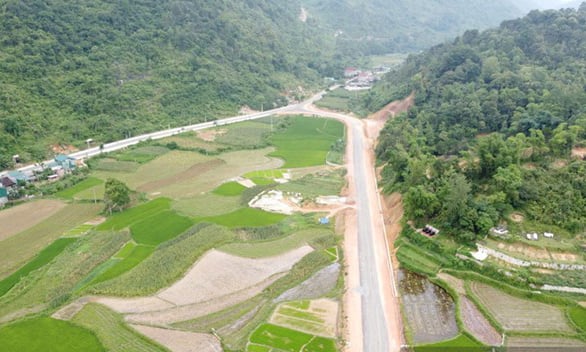
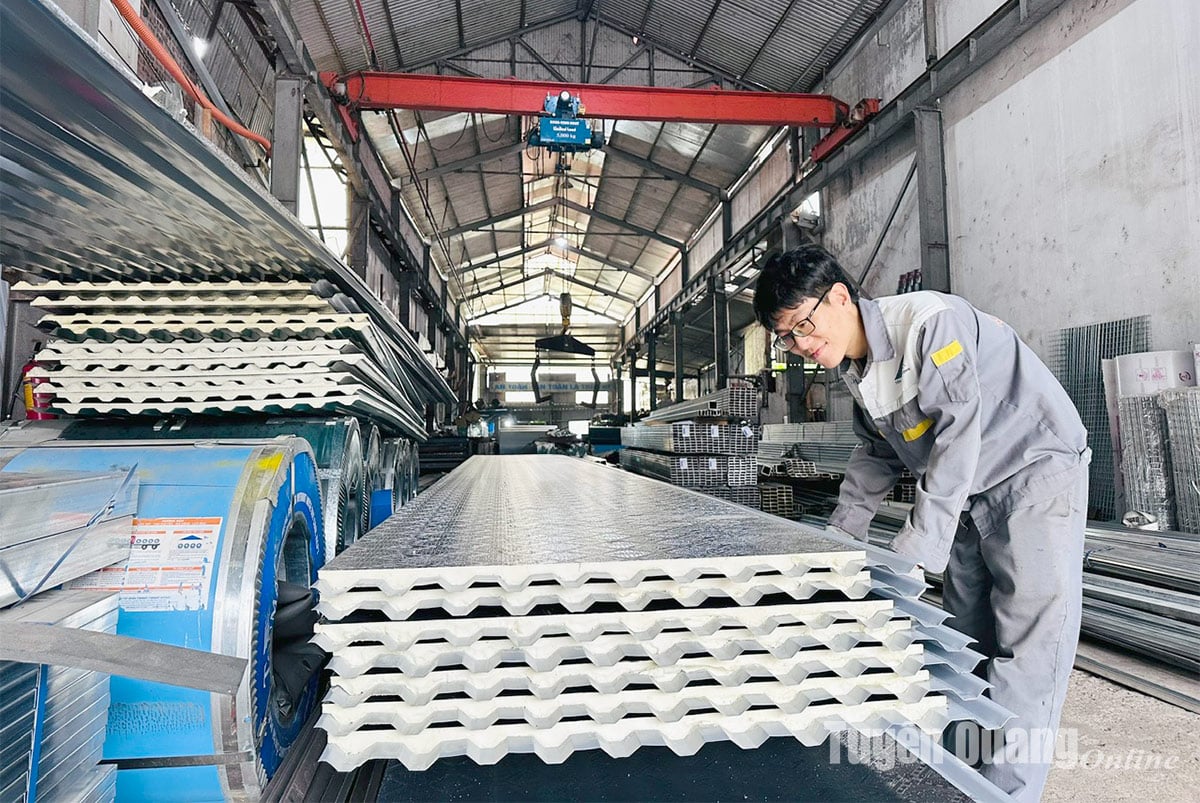
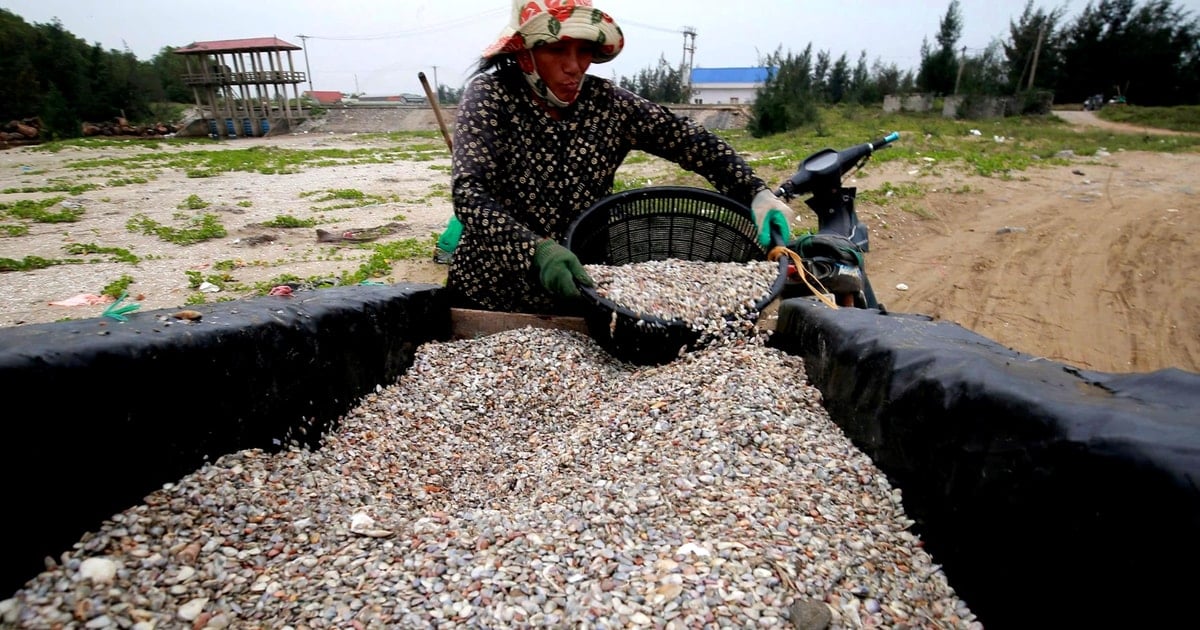
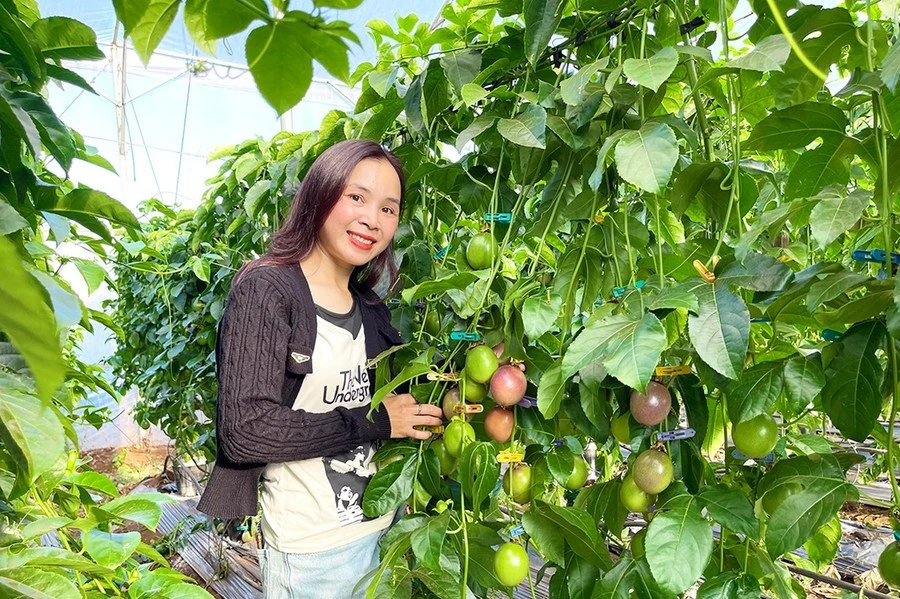






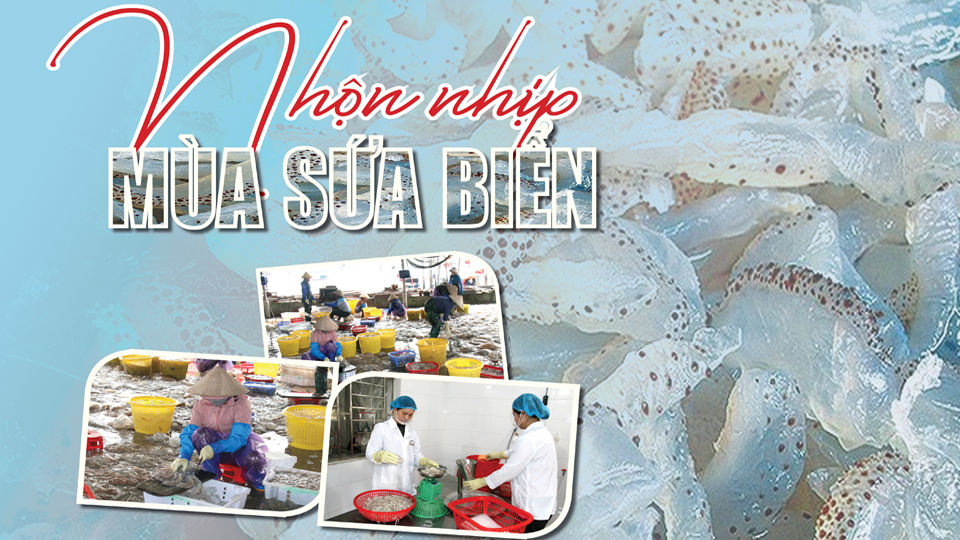
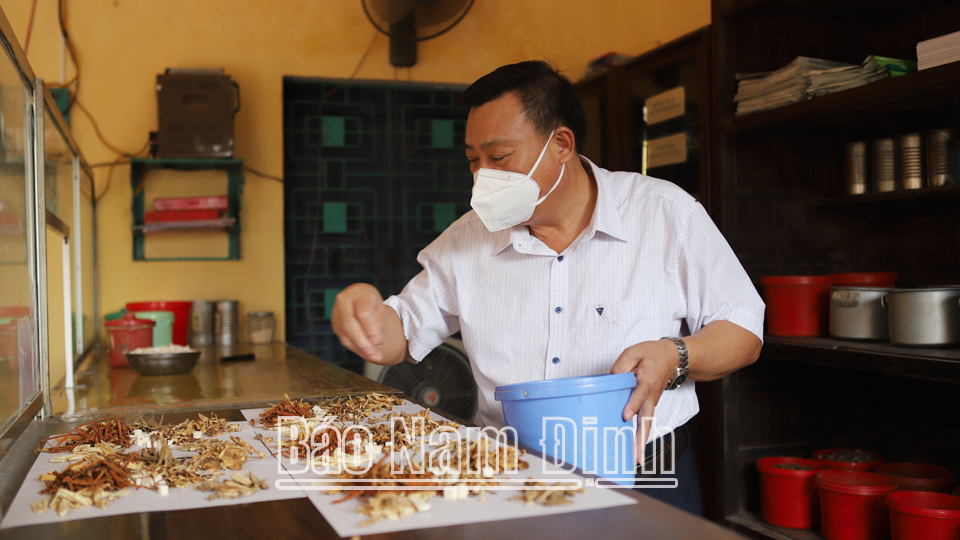
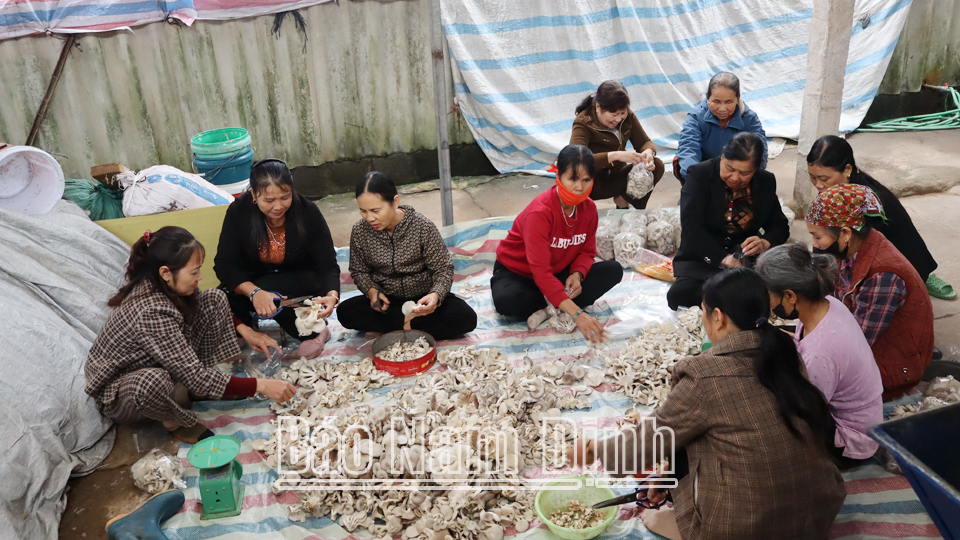
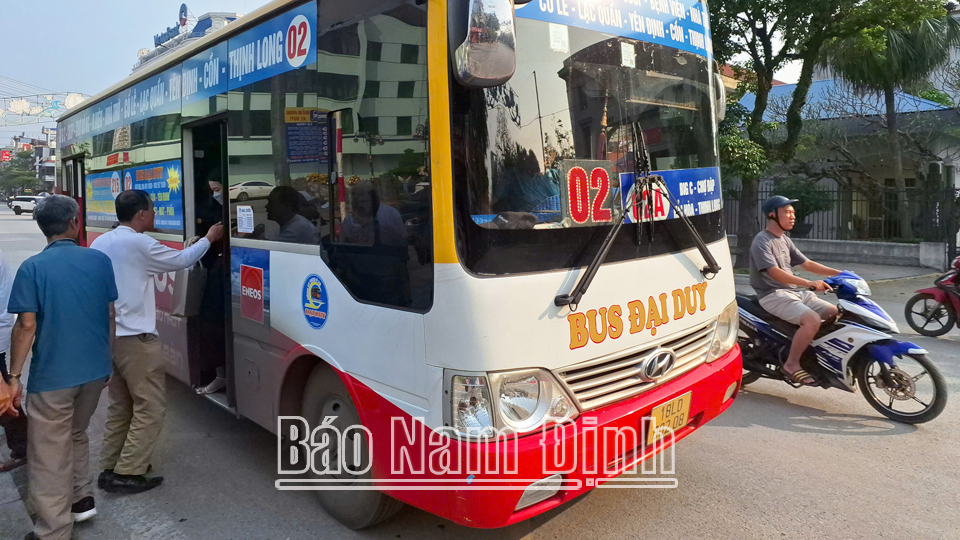
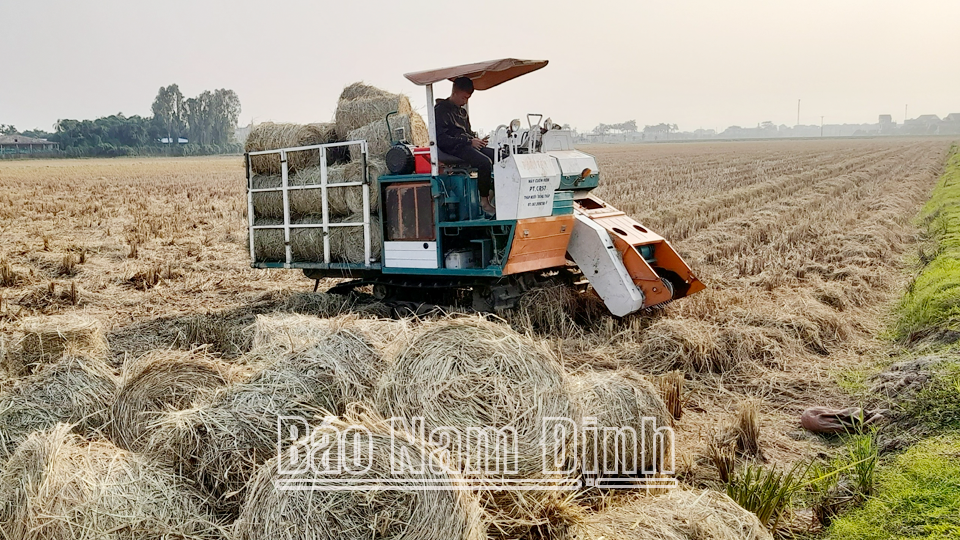
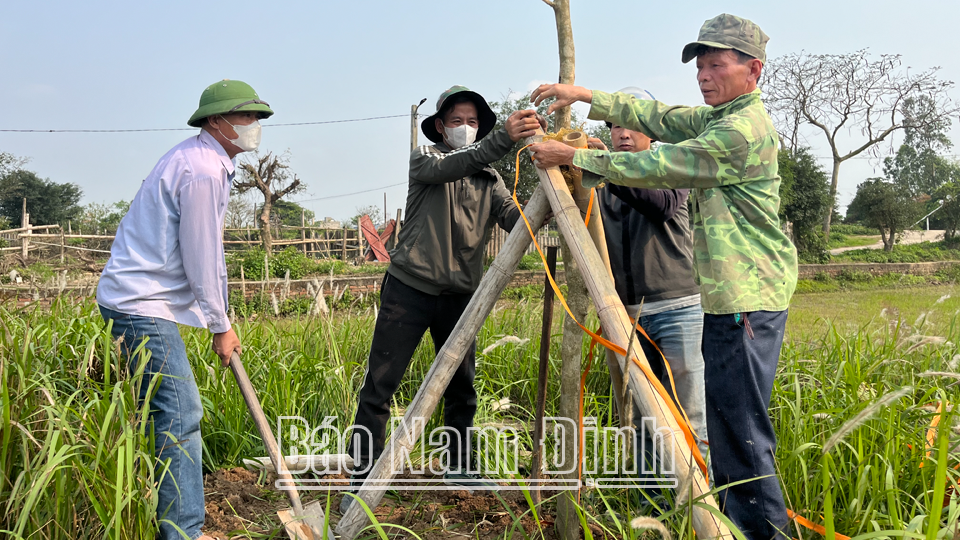
![[Photo] Welcoming ceremony for Chinese Defense Minister and delegation for friendship exchange](https://vstatic.vietnam.vn/vietnam/resource/IMAGE/2025/4/17/fadd533046594e5cacbb28de4c4d5655)




























![[Video] Viettel officially puts into operation the largest submarine optical cable line in Vietnam](https://vstatic.vietnam.vn/vietnam/resource/IMAGE/2025/4/17/f19008c6010c4a538cc422cb791ca0a1)

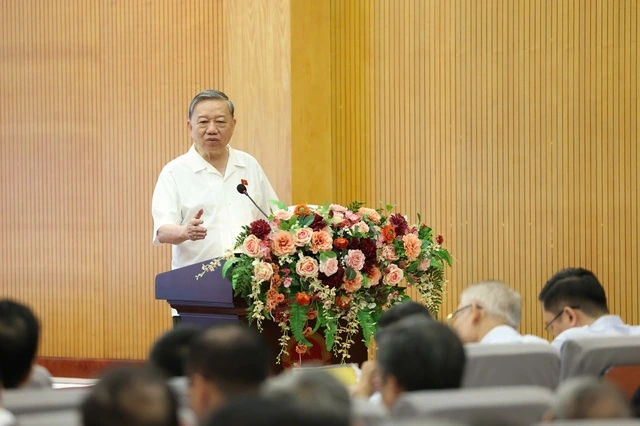











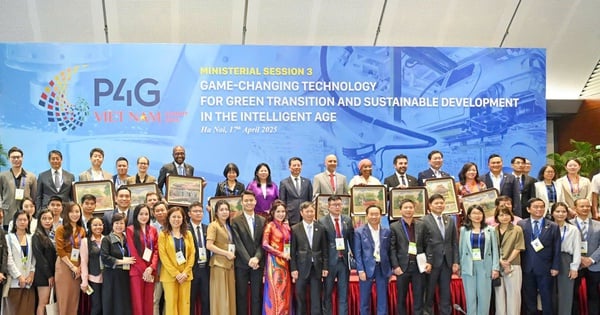






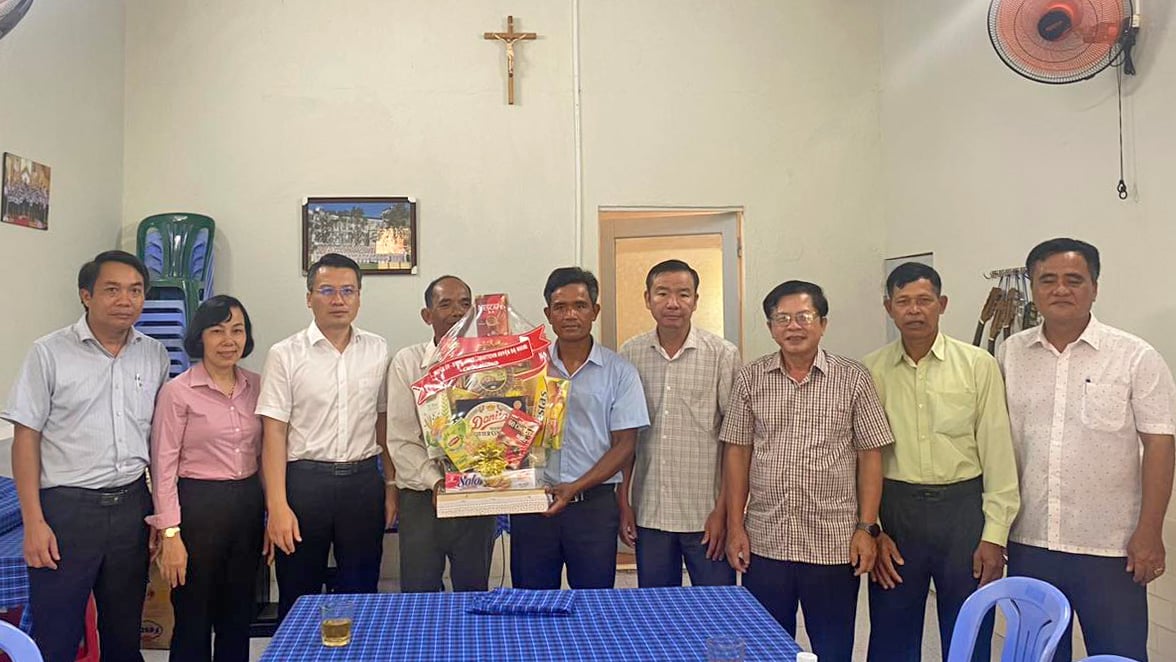
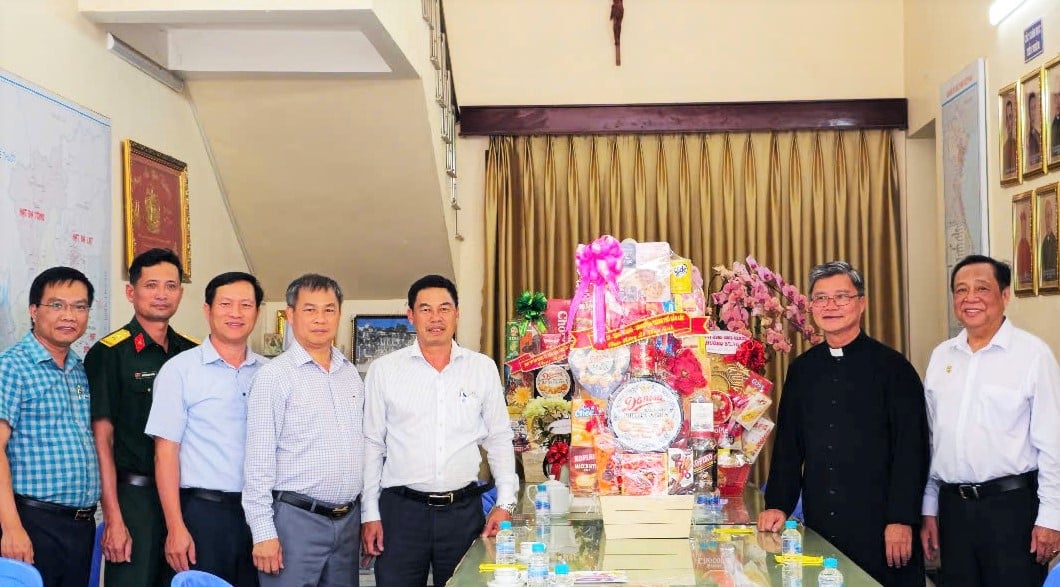















Comment (0)